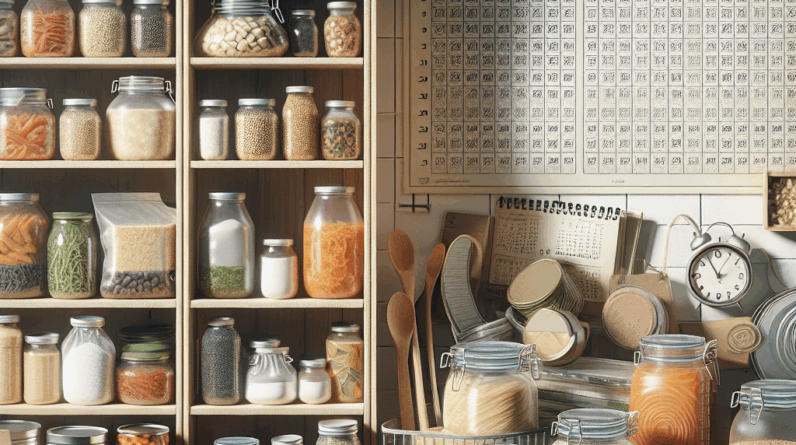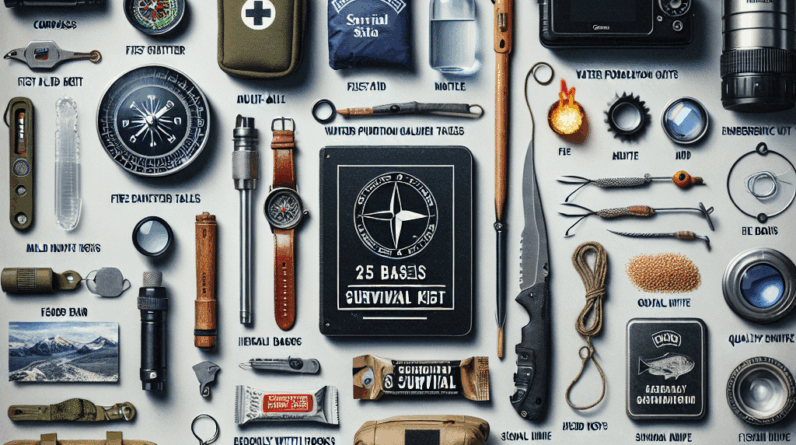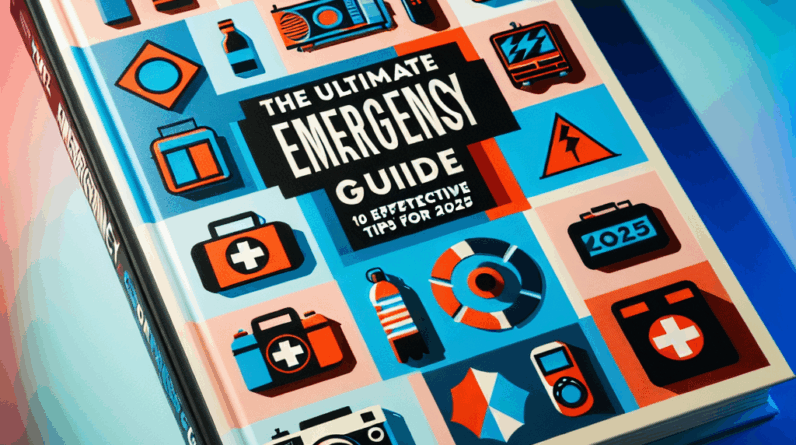Hello! Are you someone who likes to be prepared for any scenario, whether it’s an adventure outdoors or an unforeseen natural disaster? If so, you understand the value of a portable emergency sanitation kit. I’m here to guide you through crafting your very own, ensuring you’re ready for any situation with ease and confidence.
Choosing the Ideal Container
# Size and Durability
Start by selecting a container that’s robust and waterproof to ensure everything remains secure and dry. I prefer hard plastic containers for their resilience against rough handling. The container should be spacious enough to store all your essentials while remaining compact enough for easy transport.
Backpacks with multiple compartments are another great option, especially large hiking backpacks which are not only roomy but also lightweight. It’s crucial that the backpack is comfortable to carry, especially over long distances.
Ensure your chosen container has a reliable sealing mechanism to prevent your supplies from getting wet or spilling out. Containers with secure lids are ideal, but vacuum-sealed bags are an excellent choice for added protection against moisture.
# Accessibility and Organization
After choosing your container, focus on how you organize the contents. You’ll want quick access to your items in an emergency, so avoid having to dig through everything. Using smaller pouches or Ziploc bags to separate and label items such as hygiene products, waste disposal, and cleaning supplies significantly enhances efficiency and reduces stress during use.
Organizing your kit not only makes it easier to use but also helps in keeping track of your inventory, making it simple to identify and replace used or missing items.
# Durability and Transport
The durability of your container cannot be overstated; it needs to handle the elements and accidental impacts. For instance, during a camping trip, a durable container would prevent situations like your ice melting due to a broken cooler lid.
Consider adding comfortable straps or handles to facilitate easier carrying, and if the kit is particularly heavy, think about a container with wheels. Choose what best suits your needs, taking into account the potential environments you’ll be navigating.
Gathering Essential Supplies
# Hygiene Items
Essential hygiene items include travel-sized soap, shampoo, hand sanitizer, and wet wipes—the latter being incredibly useful when water access is limited. Also, don’t overlook oral hygiene products like toothpaste and a toothbrush, which can make uncomfortable situations more bearable.
For camping trips or emergencies, include toilet paper or portable toilet bags, as these are indispensable when conventional bathroom facilities are unavailable.
# Waste Disposal Solutions
Effective waste management is crucial in maintaining sanitation. Portable toilet bags are convenient and sanitary, while disposable gloves provide an additional layer of hygiene. For situations requiring you to ‘go’ outdoors, a small shovel can be vital for maintaining cleanliness and respecting the natural environment.
# Cleaning Supplies
For general cleaning, include a small bottle of bleach for surface sanitization and sponges or disposable cloths for wiping down surfaces. Antibacterial wipes are also essential for hand and surface cleaning when running water is scarce. Additionally, ensure your kit contains a robust first-aid kit and ample trash bags to manage waste and maintain cleanliness.
Staying Informed
# Understanding Local Risks
To tailor your sanitation kit effectively, familiarize yourself with the local risks like floods or wildfires. Participating in community groups or online forums can provide valuable insights from people with firsthand experience in local emergencies, enhancing your preparedness.
# Education and Training
Beyond assembling your kit, educate yourself on emergency preparedness through courses and workshops which can offer practical experience. Knowing how to use your supplies efficiently is crucial in an emergency.
# Regular Maintenance and Updates
Maintaining your kit is as important as assembling it. Check and refresh your supplies every six months, replacing expired or used items. Regular updates based on seasonal changes or new information can also be crucial.
Conclusion
Building a portable emergency sanitation kit is an empowering step towards self-reliance in any situation. With careful planning and regular maintenance, you can ensure your kit is always ready when you need it most.
FAQ
# 1. What items should I prioritize in my sanitation kit?
Focus on hygiene items like soap, toothpaste, wet wipes, and toilet paper. Waste disposal solutions and cleaning supplies are also critical.
# 2. How often should I check my emergency sanitation kit?
It’s best to review and update your kit every six months to ensure all items are functional and ready for use.
# 3. Is it necessary to include bleach in my kit?
While not essential, bleach is useful for sanitizing purposes. Handle it with care to ensure safety.
# 4. What is the best way to carry my sanitation kit?
Opt for a sturdy, well-sealed container that is easy to transport. Comfortable straps or handles are important if you need to move quickly.
# 5. How do I know what local risks to prepare for?
Research your local area’s emergency history and consider connecting with local preparedness groups for up-to-date information and tips.




